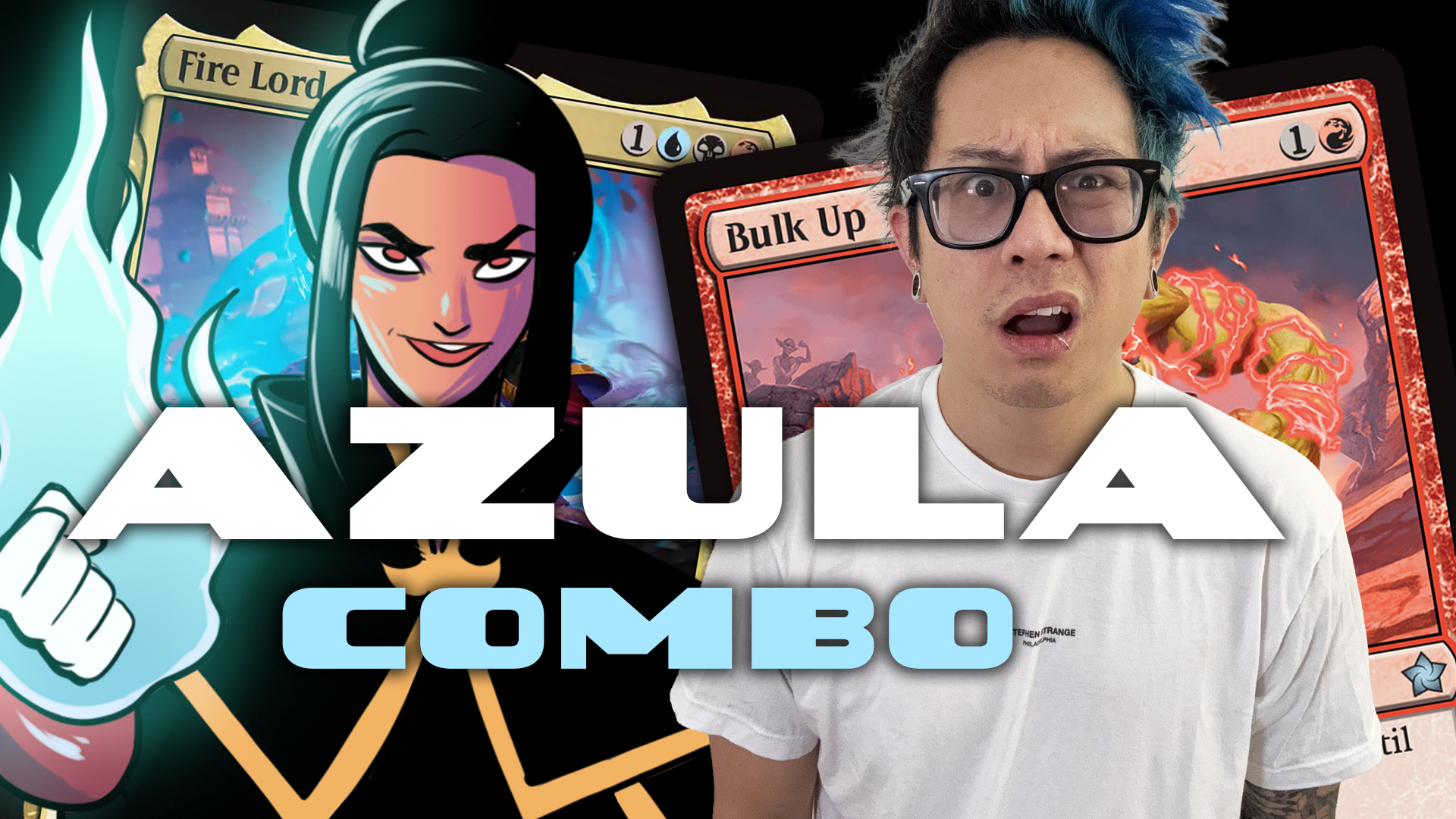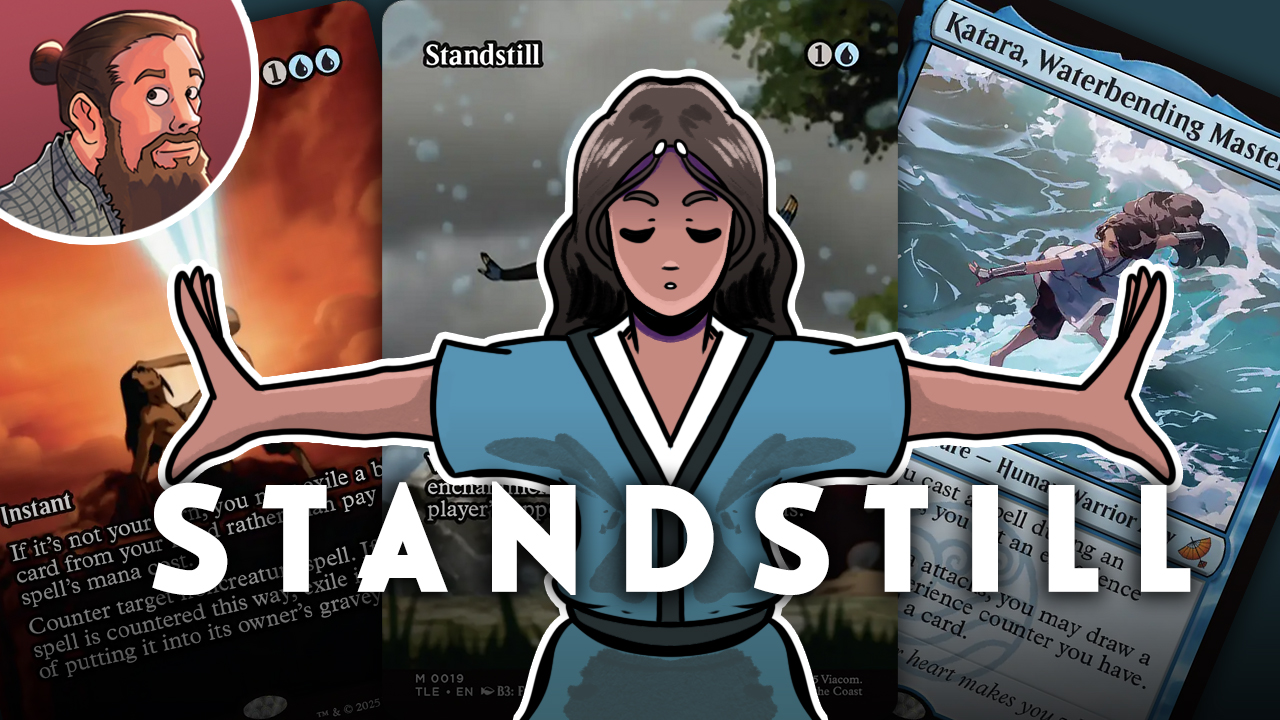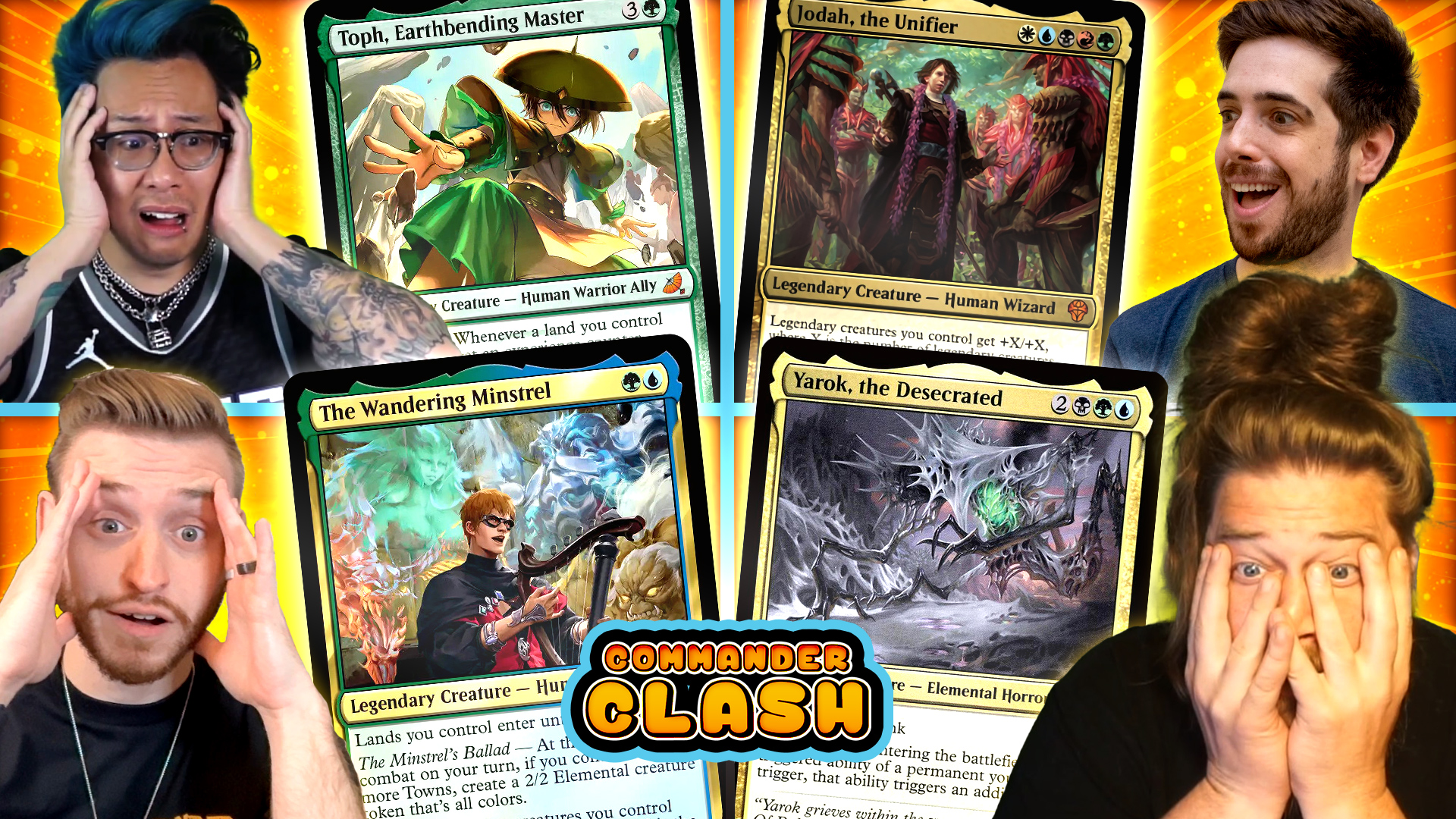Budget Magic: $98 Simic Plot Storm (Standard)
Hello everyone, and welcome to another edition of Budget Magic. Despite its flavor failing, plot is a super-unique and potentially powerful mechanic. As such, we're heading to Standard today to go all-in on plotting, with our goal being to plot as much of our hand as possible and then cast it all in one massive, Storm-style turn to build an overwhelming board to close out the game! How strong is plot on a $100 budget in Standard? It it really worth delaying gratification by putting all of our creatures face-up in exile? Let's get to the video and find out, and then we'll talk more about the deck!
Budget Magic: Simic Plot Storm

The Deck
Simic Plot Storm is a plot-focused midrange deck. The goal is to spend the early turns plotting as many cards as possible, so we can cast them all in one massive turn later to build an overwhelming board and close out the game!
The Support


While most of the creatures in our deck are for plotting, we have two two-drop support creatures. The most explosive is Doc Aurlock, Grizzled Genius. Doc lets us plot our cards for two fewer mana, which can lead to some absurd draws where we play Doc on Turn 2 and, on Turn 3, plot up to three spells (which would normally cost about nine mana to plot) for just three mana! Meanwhile, Canyon Crab offers a big butt for blocking that also rewards us for plotting by letting us loot on our end step if we didn't cast a spell from our hand. Since we'll ideally spend our first few turns plotting cards to set up for our big combo turn, these two-drops are essential, not just for directly supporting our plot plan but also for adding bodies to the battlefield to slow down our opponent's offense while we are getting our plot in motion.
The Plot



When it comes to plotting, we have two big payoffs. The first is Outcaster Trailblazer. We can plot it for three mana, and it will actually generate a mana when we cast it for free. More importantly, it lets us draw a card when another creature with power four or greater enters the battlefield, which is the engine that powers our overwhelming plot turns. We can get down a Trailblazer (or more), cast the rest of our plotted cards, and not only build a big board but also generate a huge amount of card advantage. Speaking of building a big board, Railway Brawler makes our creatures truly massive. We can plot it for four mana, play it for free during our combo turn, and follow it up by casting a bunch of other creatures that will essentially get double the power (in the form of +1/+1 counters) thanks to Brawler. Meanwhile, Visage Bandit is basically just more copies of our two big payoffs, as a clone that we can plot for three mana. If we need more card draw, we can copy Outcaster Trailblazer. If we need more power on the battlefield, we can copy Railway Brawler, which will let us make some massive creatures by doubling their power twice!


Rounding out our plot cards are Beastbond Outcaster and Tumbleweed Rising. Beastbond Outcaster has the upside of being our cheapest plot card at just two mana, and then we can wait to cast it until we have our payoffs on the battlefield, so that we'll draw a card when it enters the battlefield and hopefully make it big with Railway Brawler. Finally, Tumbleweed Rising synergizes really well with our payoffs. It will be at least a 4/4 with an Outcaster Trailblazer on the battlefield, making it big enough to trigger Trailblazer to draw us a card, and the token it makes gets massive with Railway Brawler on the battlefield. Multiples become even funnier with Railway Brawler. The first one will be a 10/10 thanks to Brawler's power-doubling ability, the second copy will be a 20/20, the third a 40/40, and so on. Basically, during our combo turns, Tumbleweed Rising makes the biggest creature on the battlefield—while also triggering our payoffs—for just two mana, which is an absurd deal.


Finally, for defense, we have Fading Hope to slow down our opponent's creatures and Three Steps Ahead. While the primary purpose of Three Steps Ahead is to protect our big plot board from a wrath, the ability to copy one of our creatures is also super relevant. Copying an Outcaster Trailblazer offers even more card draw, while copying Railway Brawler makes a massive creature. And we can do this all at instant speed to potentially blow our opponent out during combat by making a huge blocker! While the spree counter is expensive—at $32 for a playset, it's basically 1/3 of our total budget—it's worth the cost. It's that good.
Wrap-Up
Record-wise, we ended up going 4-1 with the deck, which is super solid for a budget list! While the deck looks a bit janky in paper, it actually plays surprisingly well. Both Outcaster Trailblazer and Railway Brawler really impressed me as standalone cards, and they are even better in our deck since they work so well together with our plot plan.
One quick note on our deck's budget: the deck technically has 26 total rares and mythics on Arena, but this is mostly the product of our mana base, which accounts for 14 of the 26 rares. If you already have Standard mana, the deck takes just 12 rares and mythics to build, and in a pinch, you can trade in some of the rare dual lands for uncommon duals, which are a lot worse since they'll enter tapped but are still functional.
So, should you play Simic Plot Storm in Standard? I think the answer is yes! The deck is super fun, unique, and fairly cheap to put together, and it feels like it has the power to stand up to many of the top decks in our current Standard format!

For our ultra-budget build, we basically implement the changes we talked about a minute ago, cutting most of the rare duals for uncommon duals and turning Three Steps Ahead into Make Disappear. This does power down the deck a bit—Make Disappear can't copy our creatures like Three Steps Ahead can, and our uncommon duals will slow down the deck a bit by coming into play tapped. But in general, the deck should play like the one in the video, and it costs just $50 to build in paper and 12 rares / mythics on Arena (and you can get this number down to eight by cutting our last rare dual land—Yavimaya Coast—for more basic lands.

Finally, our non-budget build looks a lot like the build from the video but with an upgraded sideboard and mana base.
Conclusion
Anyway, that's all for today. As always, leave your thoughts, ideas, opinions, and suggestions in the comments, and you can reach me on Twitter @SaffronOlive or at SaffronOlive@MTGGoldfish.com.













